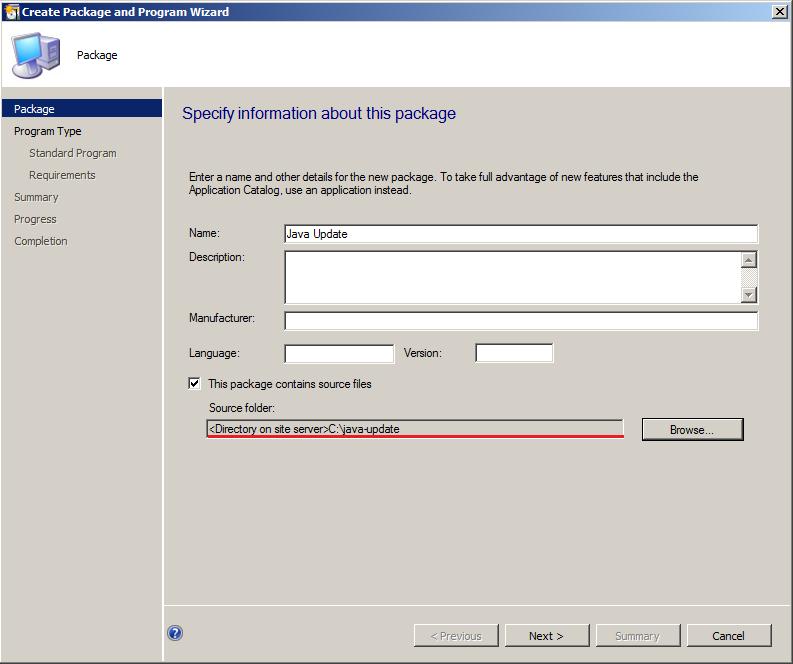Packaging Java Applications For Mac

If you use Ant you can easily add a target that takes your jar files, images, and other resources and bundles it up as a Mac OS X application bundle that includes the plist file and Java application stub in the appropriate locations. Native packaging was first introduced as a part of the JavaFX 2.2 SDK enabling you to package an application as a native bundle and then installing and running the application without any external dependencies on a system JRE or JavaFX SDK. Next it became usable for Java SE projects as well.
The Mac pc has some wonderful equipment to convert your jar document into a very first class Macintosh program. This can be most helpful if the application provides a GUI user interface; Swing, SWT, etc. There are three components to this process:. Bundle your software as a container document. Create an image for your application. Create an program bundle Some applications referenced beneath may not really be set up on your Mac by default.
If not really, you can either install them from your distribution or download them. I assume you currently understand how to perform stage one so we'll move on to action two. Discover an symbol you like for your software. A little Googling will produce a variety of free of charge symbols. The png file structure will work for you.
Be certain to stick to any licensing limitations that use to your image and do the sticking with:. Download the png document. Open the Image Composer application (its inside /Developer/Applications/Utilities). Drag the png file into the largest container in the icon composer. From the largest box move it to the following largest after that the following and so on to make various dimension icons.
Become certain to proceed from larger to smaller sized for the best results. Choose Document->Save in the Symbol Composer and save your new icns document. Finally, construct your program bundle:. Open the Jar Bundler (its in /Programmer/Applications/Utilities). Select the Classpath and Documents tabs and add your container document to the classpath.
Grocery list generator from recipes. Select the Construct Information tab. Click on Choose next to the Major Class fall down, choose your application's container file once again. Choose the entry stage for you application from the Primary Class drop down. Select your JVM Version from the drop down.
Click Choose Icon and select the icns document you produced above. Click Create Software, enter a name for your package deal, and click on Create Right now you have an program bundle document you can just drop in your /Programs index to install.
'Very fine guide.' M.H., September 18, 2018 'Hello! Thanks for a excellent guide.' Ur.D., Apr 4, 2018 'Nice good tutorial to make a hard job basic.'
Gary the gadget guy., April 23, 2014 'Great Guide. Didn'capital t expect that 'compose some java, compile and operate it' can become so easy.' D.S., October 16, 2013 'Fantastic! Much appreciated =)'T.B., Apr 15, 2013 'It just works! M.G., January 18, 2012 'Say thanks to you for your 'Macintosh Coffee!' Tutorial on bundling a JAR and producing an installer. lt couldn't end up being any much better!!!'
Anonymous, Oct 20, 2011 'ce que je cherchais, merci'A new.M., Might 3, 2010.
Packaging JavaFX Applications You can bundle your JavaFX application by constructing the corresponding. Fór JavaFX applications, lntelliJ IDEA provides a dedicated artifact kind (JavaFx Software). One JavaFx Program artifact settings is created by IntelliJ IDEA automatically if you make a project as explained in. Alternatively, you can generate an Ant build file, and then make use of that create file to deal your program. See also,. Constructing an artifact To develop an artifact fór your JavaFX appIication:.
Select Build Construct Artifacts. Then, in the Build Artifacts Actions popup, choose the artifact and select Build. Additionally, you can convert on the Construct on make option in the artifact construction. In that situation, an artifact will be constructed when making the project (age.g.
Build Make Project or CtrI+F9). By defauIt, the artifact is usually produced in out ártifacts. Generating and using an Ant build file. Generate an Ant build file for your project ( Build Generate Ant Construct). For even more information, discover.
Create the essential modifications to the generated construct file. Open the Ant Build tool windowpane (at the.g. Look at Tool Home windows Ant Construct), state the construct document to become utilized and operate the necessary focus on. For more information, see.